Related services
When you visit a heritage site, a conservation area or a natural attraction, you're not just looking at the scenery – you're immersing yourself in a story.
In this blog post, we'll explore the magic of storytelling through interpretation signage and how it can transform a visitor experience.
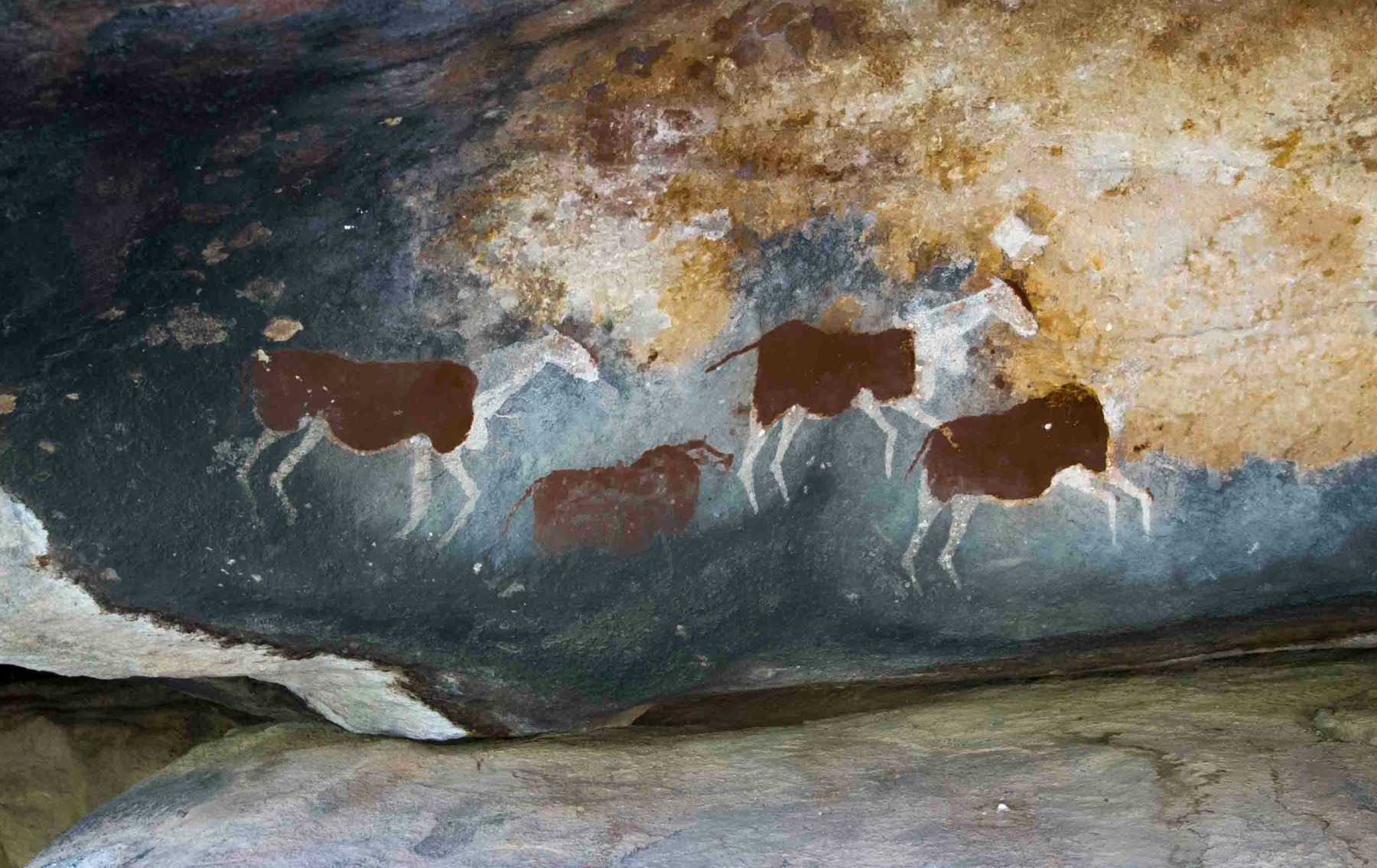
The Art of Visual Storytelling
Storytelling is as old as humanity itself. Think of those ancient cave paintings that have stood the test of time. They tell the stories of our ancestors and help us connect with our past. Interpretation signage today carries on this tradition, albeit in a more modern way. It brings history and stories to life.
The power of a well-told narrative in interpretation signage can transport you to a different era, make you empathise with those who walked the Earth long ago and really stir up your emotions.
Interactivity and Engagement
Interpretation signage isn't about static, boring information. It's about engaging your senses, enhancing your understanding and making the experience unforgettable. You want visitors to feel like they’re on an adventure - it’s more than just reading, it’s exploration.
Interactivity can make a visit fun, active and social, encouraging groups of visitors to explore together. It can engage the senses with objects to touch, smell or listen to. It can be physically engaging, encouraging visitors to lift, push, spin or climb on an exhibit - all in order to tell a story more affectively.
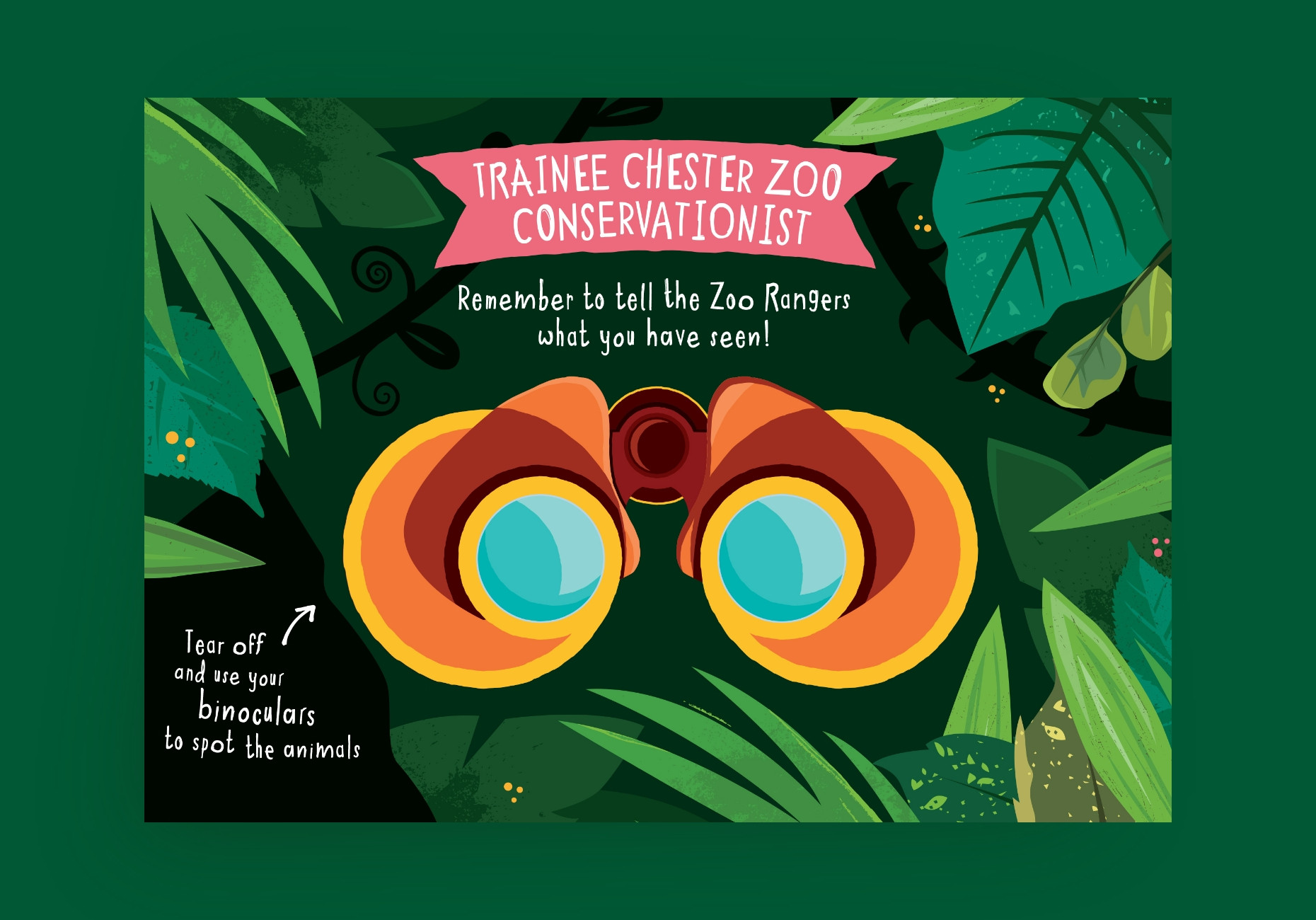
Gamification
Imagine using games and challenges to learn about the history or nature of a place. It's not just about absorbing facts; it's about actively participating in the experience to create a more lasting memory.
By introducing gamification, interpretation signage becomes an exciting, hands-on, and communal activity.
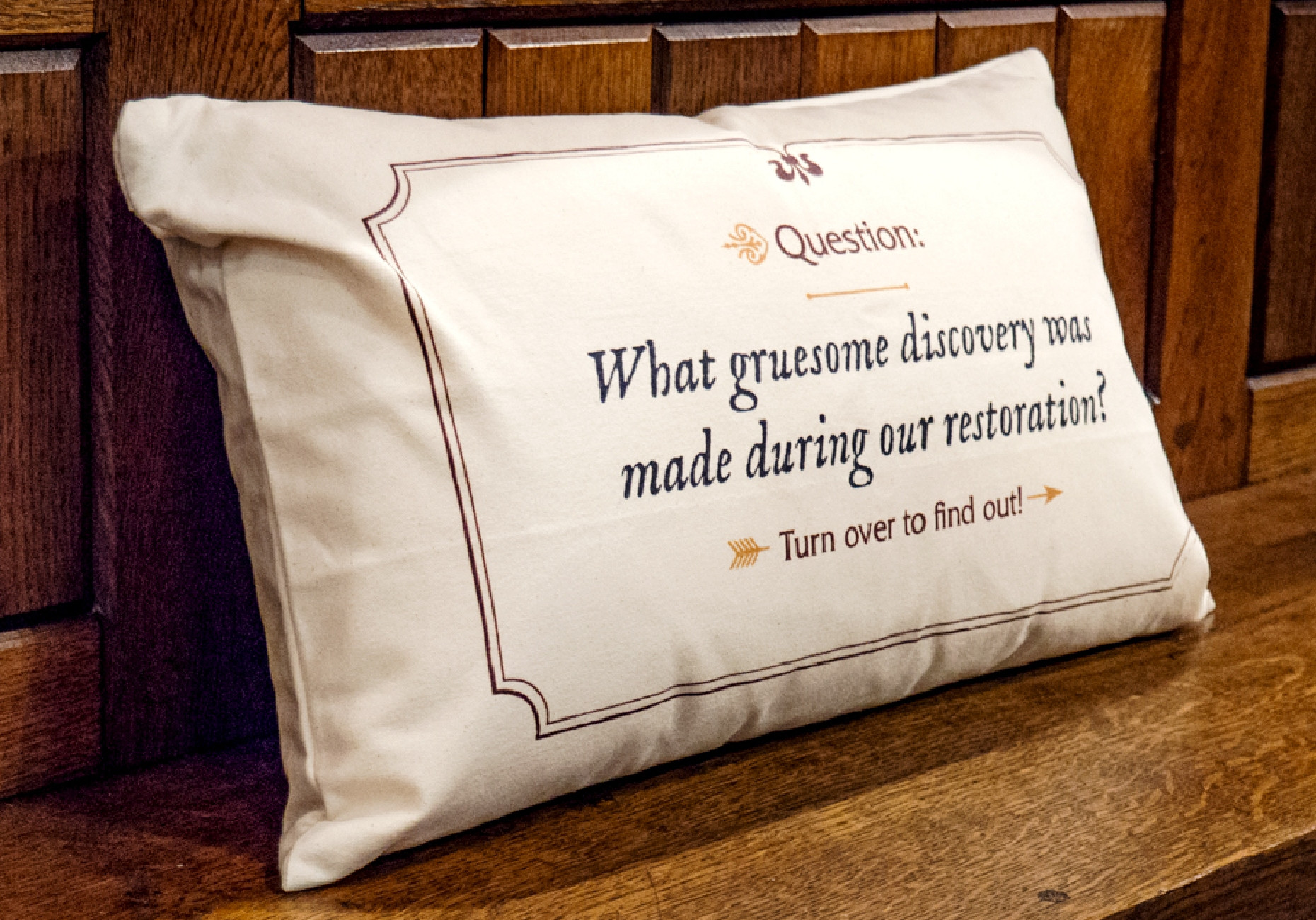
Be Unexpected
Don't limit your interpretation to traditional signs placed predictably along a path. To truly captivate your audience, think outside the box. Place signs in unusual locations, use surprising elements like hanging objects, hidden clues or interactive technology. This unexpected approach adds an element of surprise and wonder to your storytelling.
Material Selection
Choosing the right materials for your signage matters. They aren't just placeholders; they set the mood and evoke emotions. Imagine a wooden sign at a historic site; it instantly connects you to the past and feels more appropriate or authentic somehow.
But it's not just about historical materials. Staying up-to-date with modern materials and design trends can lead to innovative and immersive experiences for visitors.
New Technologies
Technology plays a crucial role in modern interpretation signage. Augmented Reality (AR) and Virtual Reality (VR) have opened up new possibilities for creating immersive and interactive experiences. Imagine stepping into a VR world to explore an ancient civilisation or using AR to see historic buildings as they once stood. These technologies allow visitors to dive deep into the story, making it more vivid and memorable.
Accessibility
Interpretation signage should be inclusive. Consider the diverse needs of your audience, from audio descriptions and braille to signage height, language and reading age. Visuals are a universal language, making the content more accessible globally. Remember, an inclusive experience ensures everyone can connect with the story.
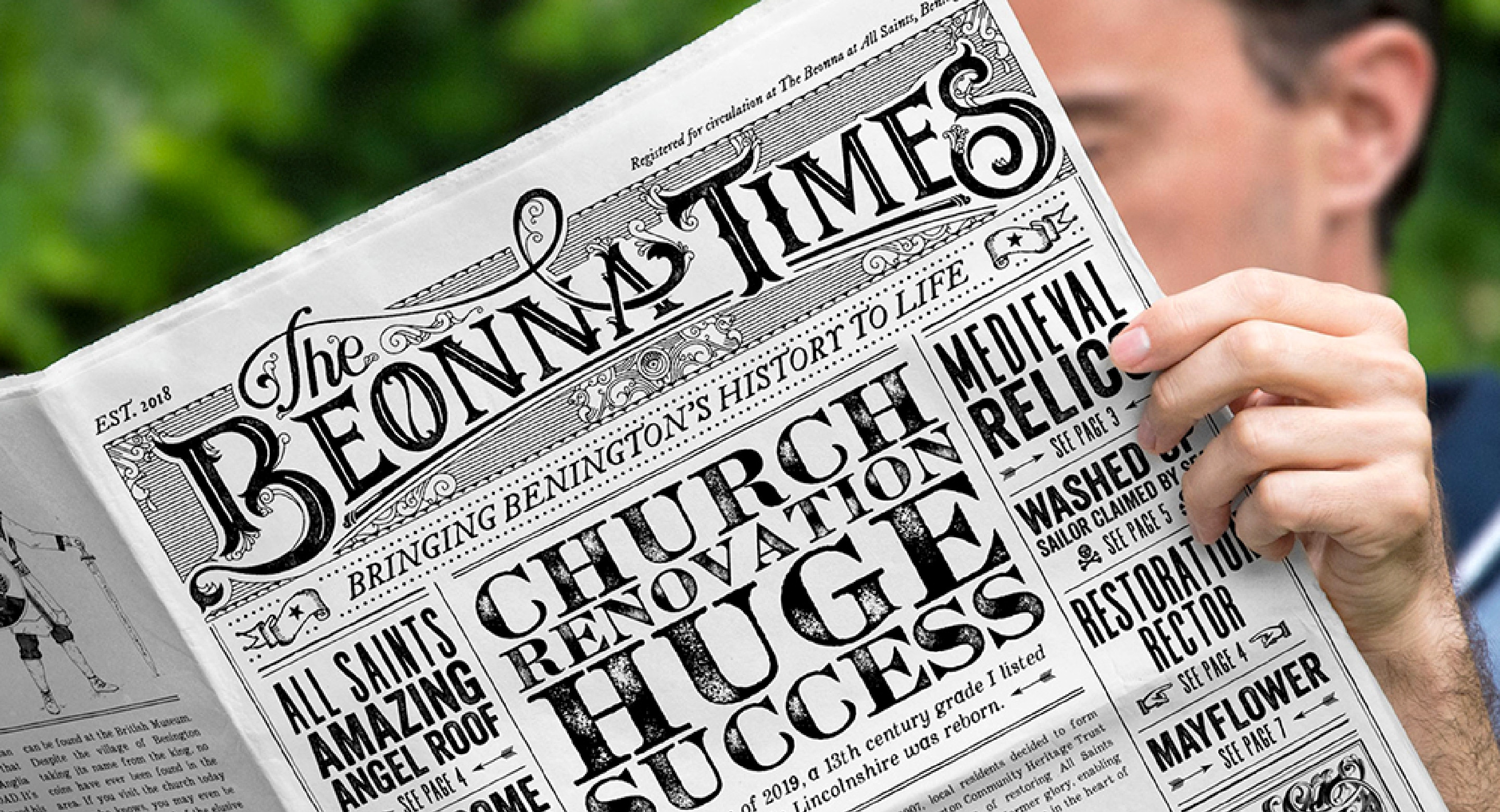
Content Matters
The content on your signage is often underestimated. The way you tell your story – its flow, appropriateness and length – shapes the entire experience. Think of it as a narrative arc, with highs and lows - a good book or film isn’t a flat, monotone experience from start to finish, it runs through dramatic moments, ups and downs throughout. Proper planning through storyboards, character development and dialogue mapping is essential to telling a story in an engaging way. Collaborate with a professional copywriter or an experienced interpretation designer to ensure your content hits the mark.
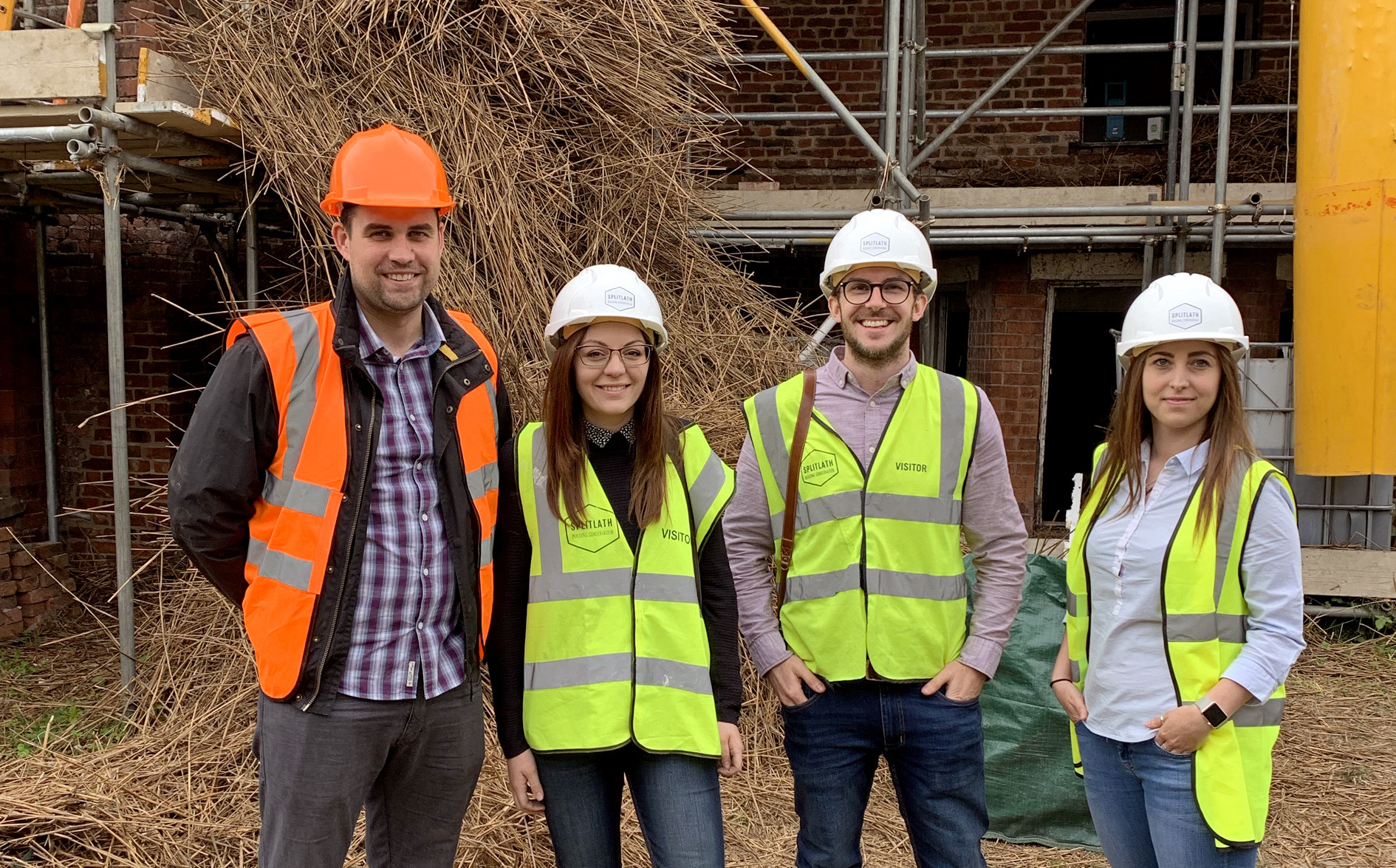
The Importance of Research and Planning
Before designing any signage, research is your best friend. It informs your design choices and adds authenticity to the experience. With this in mind, it's important that all people involved in the process are fully up to speed on the location, the subject matter, the audience and the brand.
It’s also useful to consider the overall journey through your attraction. A well-thought-out sequence of displays or experiences, logically connecting and transitioning from one to the next, creates a coherent visitor journey.
Understanding the Audience
Knowing your audience is crucial. Tailor your signage to the people who will explore your attraction. Demographics influence design choices. For instance, a sign explaining the history of a battlefield may require a different tone and visual style when catering to schoolchildren than when educating adult history enthusiasts.
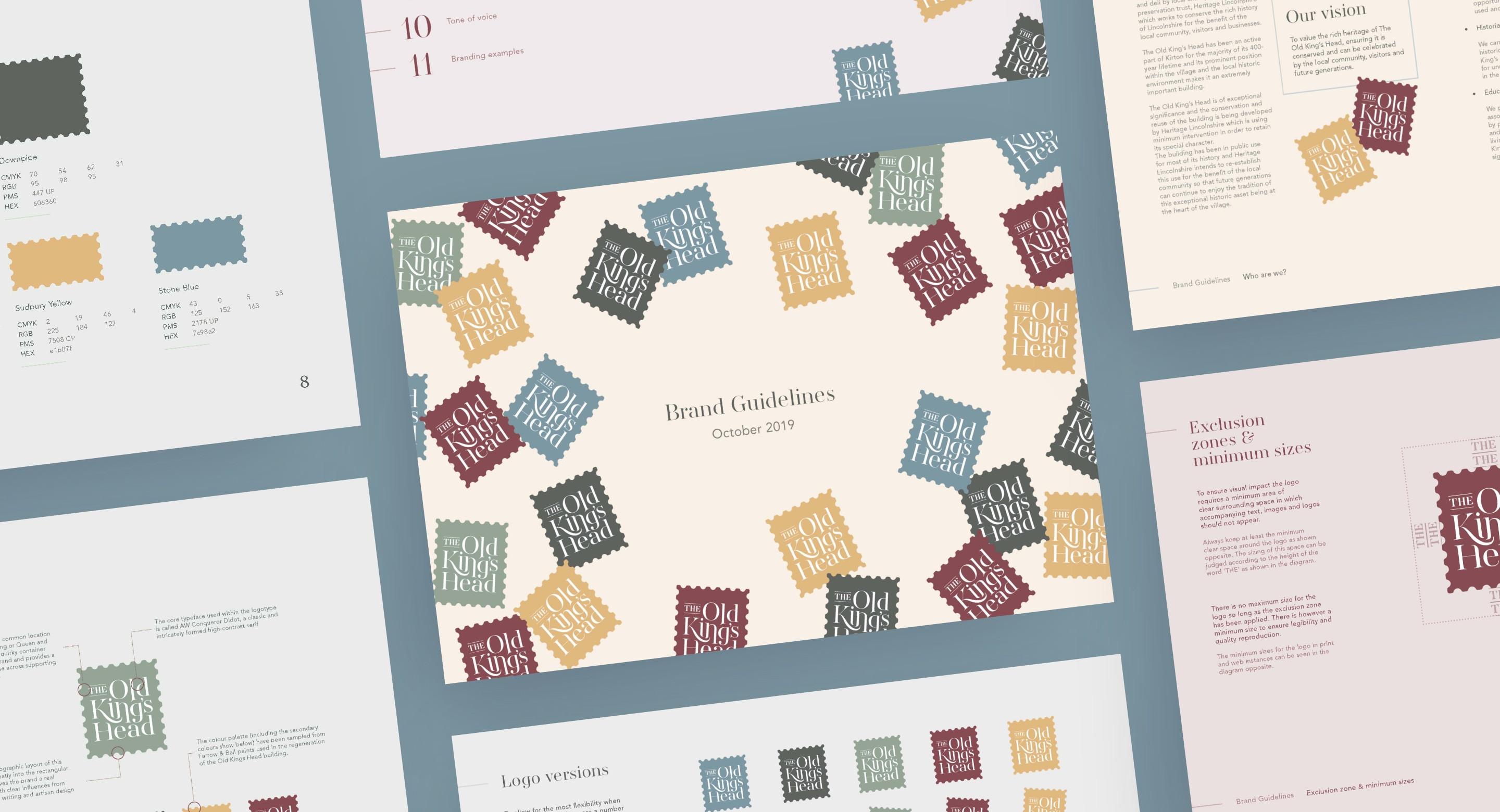
Understanding the Brand
To keep things consistent and reinforce the visitor experience, understanding the brand is vital and any design choices must align with the brand identity. Consistency ensures that visitors feel immersed in the story, not disjointed by conflicting messages and tones throughout their visit.
Creative Solutions on a Budget
Our experience of working with many not-for-profits and charitable organisations is that every penny counts and so, bigger spends on large scale interpretation schemes can be difficult to accommodate. But often, budgetary constraints can lead to more creative solutions. Get inventive with limited resources and you'll be amazed at the impact you can achieve. If anything it helps you focus on what the most important messages of the story are.
Conclusion
In the world of heritage, conservation and natural attractions, interpretation signage is the key to unlocking the stories that define these spaces. It connects us with the past, educates and inspires us and creates deep emotional responses. So, as you plan your next visit to a heritage site, take a moment to appreciate the storytelling happening all around you. And if you're responsible for crafting those stories, consider these elements to create unforgettable experiences for visitors.
If you’re looking for help with interpretation signage design, don't hesitate to reach out to us. We're here to bring your stories to life!
For more news follow us @rootstudiouk
Similar posts
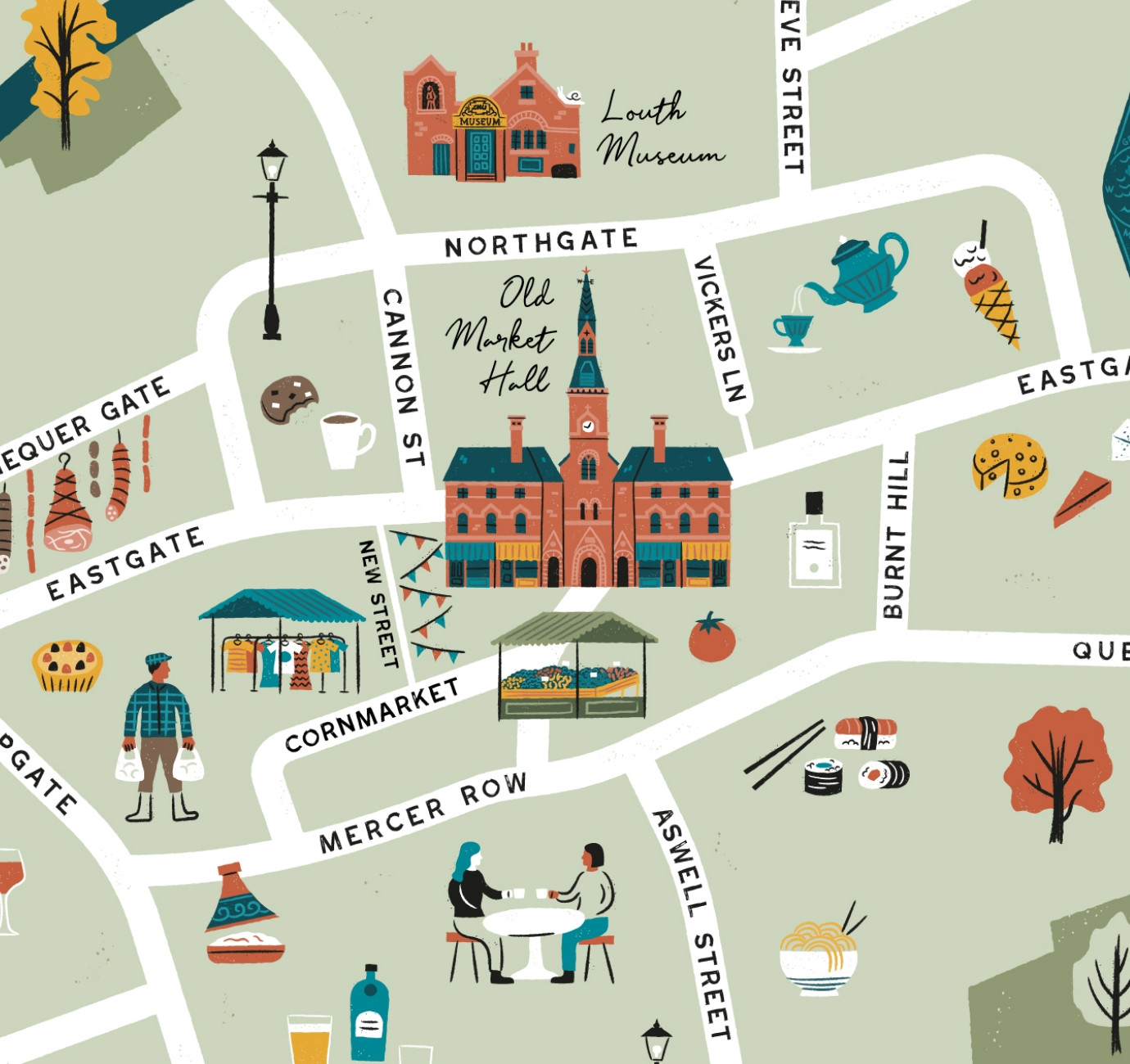
Illustrated maps can capture the essence and personality of a place, embodying its character and charm in a visually captivating way. In this article, we'll delve into the many considerations that you and your designer should make whilst crafting your illustrated visitor map.
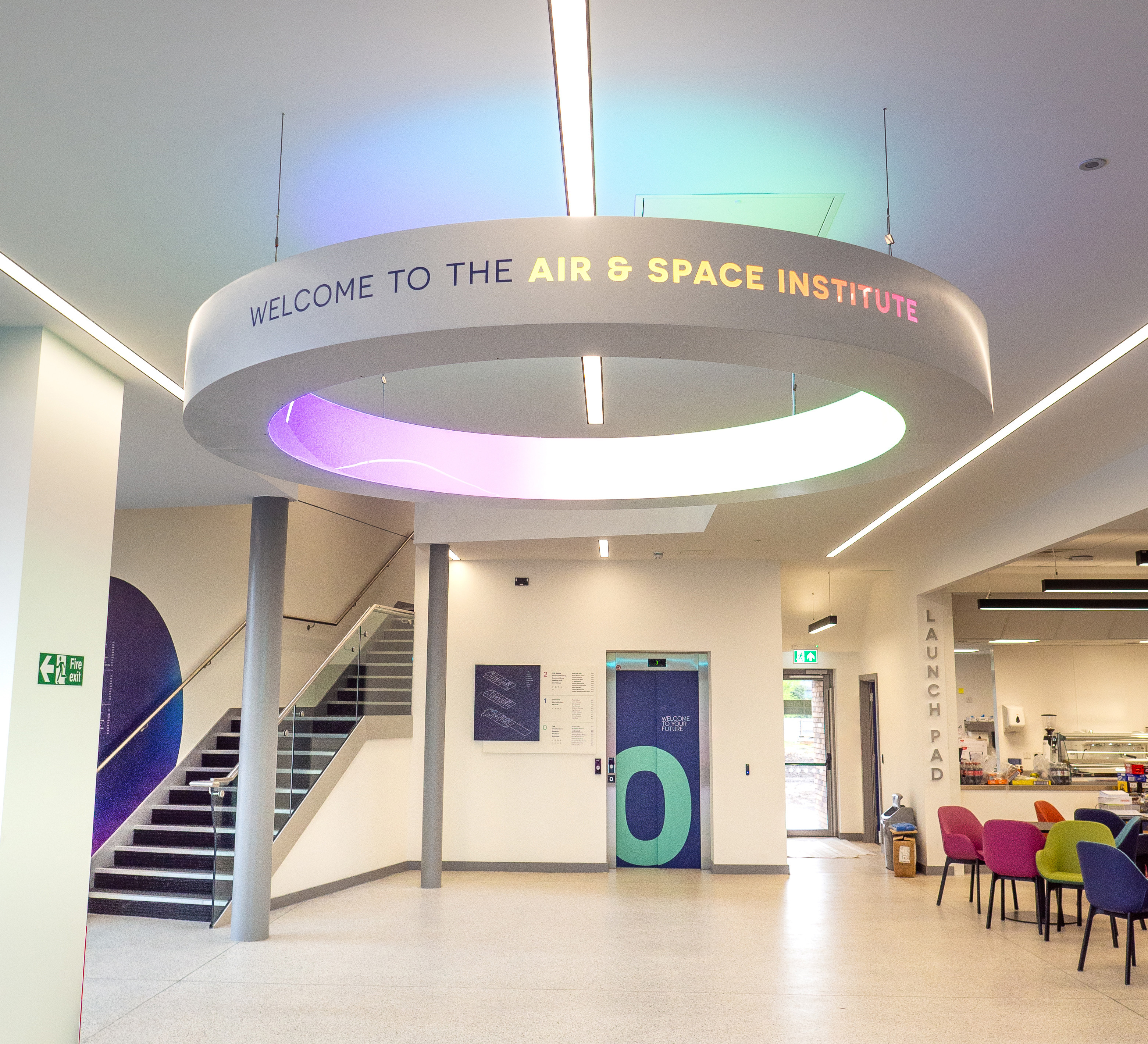
In recent months we've been working with the Lincoln College team behind the scenes at the development of their groundbreaking ASI campus in Newark to develop a cohesive and innovative collection of signage and wayfinding graphics for students, visitors and staff of the site.

